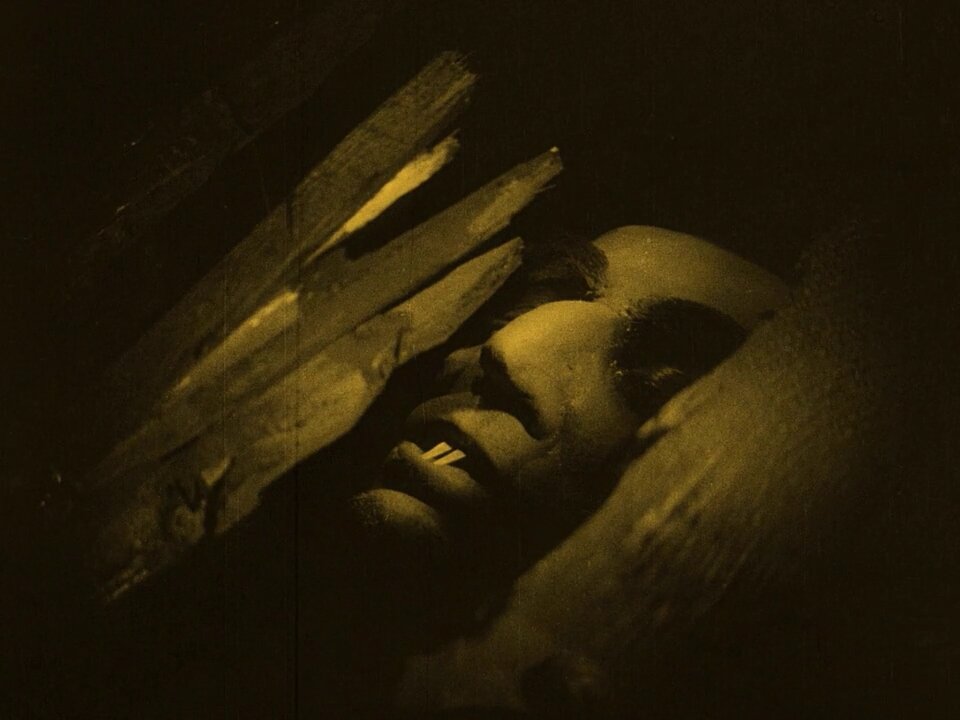Nosferatu (dir. F. W. Murnau, 1922) - EveryFilmIWatch Review
Download the PDF script by Henrik Galeen (including F. W. Murnau’s hand-drawn annotations) for personal, private use here.
Now almost 100 years old, F. W. Murnau's fantasy horror film Nosferatu has aged with grace. At times, it can be hard to keep a straight face when watching some of the earliest experiments in the filmic art form, perhaps a harsh reflection given how unfamiliar the territory was for pioneers like Murnau. And though there are a few chuckles to be had at the larger-than-life acting and unsophisticated editing here, thematically and technically Nosferatu is no laughing matter.
To its enormous credit, the film has a sequence in it that is still genuinely unsettling, even in the anaesthetized, cynical eyes of the 21st-Century viewer: the grotesque Count Orlok rising from his sarcophagean bed to terrorise his house-guest in the middle of a Transylvanian night. He cuts a truly startling figure thanks to his corpse-like rigidity and hypnotic stare. The scene serves as a stark reminder that whilst film was a fledgling art form, theatre (and the makeup that goes with it) had several thousand years under the belt.
Nosferatu boasts a truly engaging plot with a satisfying ending elevated by a real sense of catharsis. As Count Orlok continues his search for fresh blood to feed on, he brings with him a plague — a smart, early example of the connection between film’s horror material and the fears of society; in Murnau's pre-penicillin world, the fear that unchecked disease might tear through a city was one shared by all. That Orlok brings with him a scourge of disease-ridden rodents seems — retrospectively — a Hitchcockian device that expands the scope of Murnau's horror and allows Orlok to become a vessel for the fears of any of his audience.
The century that has come between Murnau's work and its review here means that one can't help but view it through an academic lens. It is a struggle to invest in it as pure storytelling art. But, of all the films of that era, Nosferatu is the one whose images have left the greatest impression on modern minds. And what else is film if not a succession of images, all fighting to be remembered?
As a bonus, you can download Werner Herzog’s original treatment document for his 1979 adaptation of Nosferatu here. For personal, private use only.
EveryFilmIWatch is multi-channel film review project run by Sebastian Cox, ScriptUp co-founder. Further reviews can be found on Instagram.



